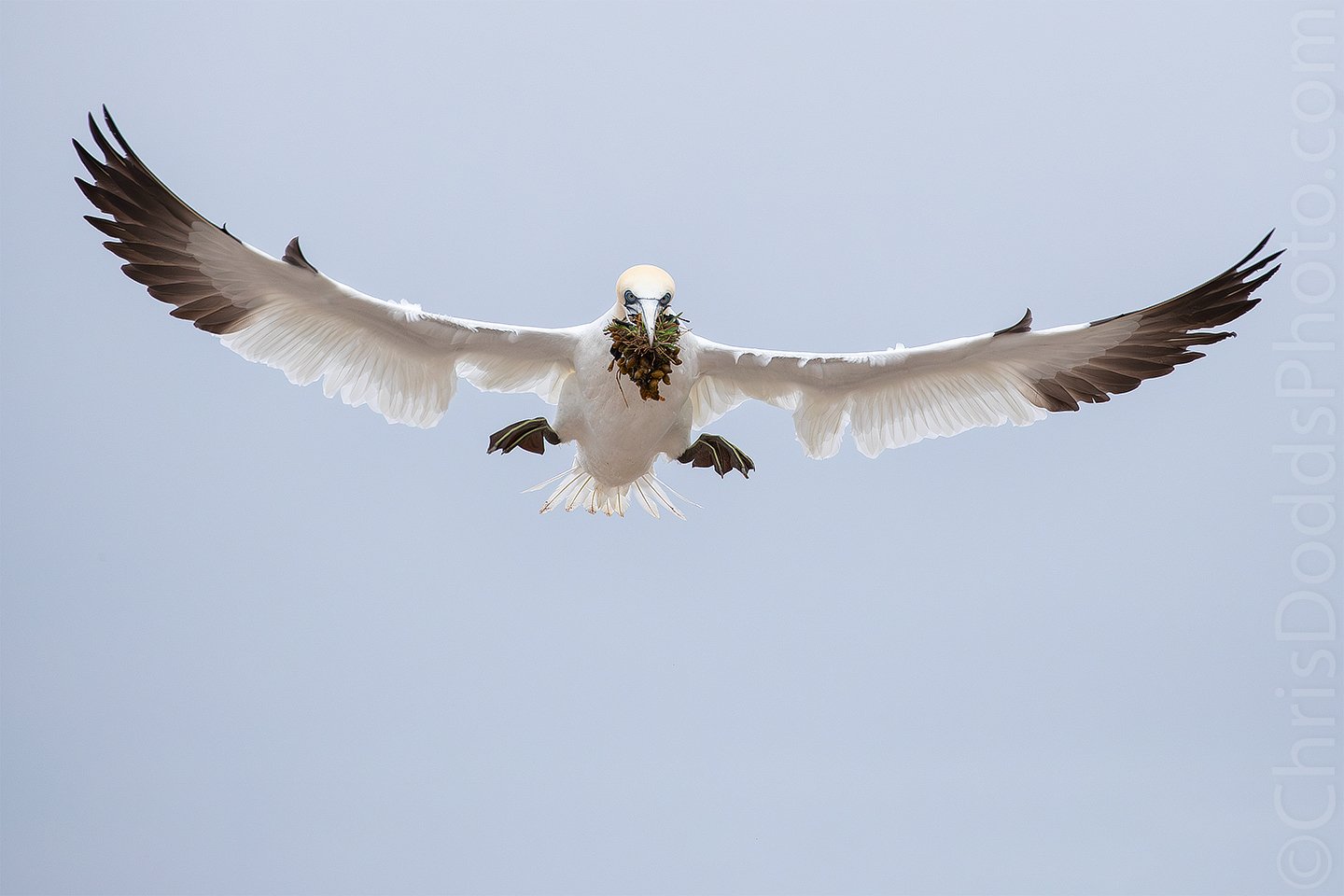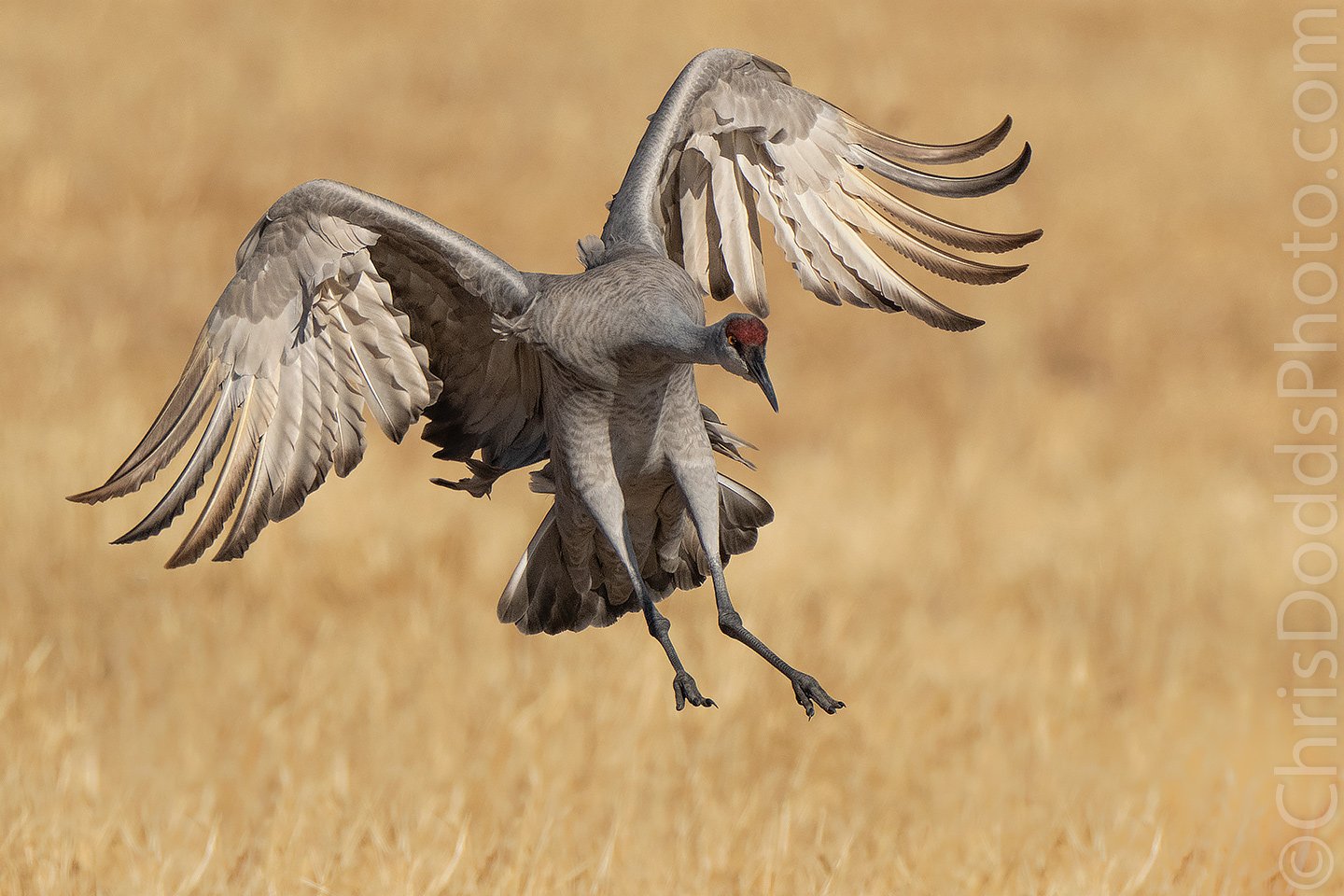A Roseate Spoonbill lands directly in front of me during my recent Ospreys Galore Workshop (and so much more) in Florida.
One of the most spectacularly beautiful large wading birds is the roseate spoonbill, a resident of the Gulf Coast from east Texas to southern Florida. Named for its bright pink plumage and long, flat, spoon-shaped bill, the bird feeds in a manner all its own. It swings its extremely sensitive bill from side to side in shallow water, snapping it shut on small fish, shrimp, and insects that it detects by touch.
Like other members of the ibis family, roseate spoonbills are usually found in flocks. The birds nest in colonies among shrubs and mangroves, often sharing island rookeries with herons, egrets, and other waders. Spoonbills fly in long lines at dusk, their slender necks extended as they head to their roosts.
Roseate Spoonbill landing in spectacular light (Platalea ajaja, Spatule rosée, ROSP) from my OSPREYS GALORE WORKSHOP at Stick Marsh in Fellsmere, Florida ©Christopher Dodds All Rights Reserved. Sony Alpha a9 III Mirrorless camera & Sony FE 600mm f/4 G Master OSS Lens @600mm. ISO 1,600, f/4 @ 1/5,000s Manual exposure.Full frame image.



















